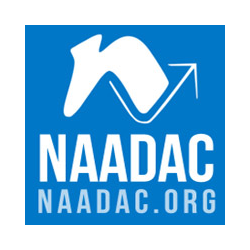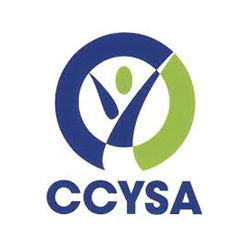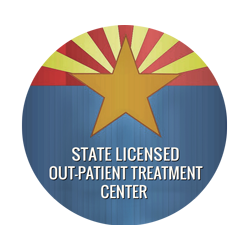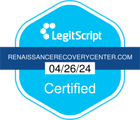Addiction is a disease that often surfaces with some kind of co-occurring mental disorder, and most often anxiety is one of them. The way that addiction alters the brain chemistry sets up the perfect conditions for anxiety to take root, which makes it even harder to overcome addiction. As the two feed into each other, it creates a downward spiral that usually requires professional help to overcome.
Which Came First?- Co-Occurring Disorders
Whether anxiety causes addiction or addiction causes anxiety is hard to say, and each individual case is different. Oftentimes addiction starts as a result of a person with a mental disorder, like anxiety, trying to self-medicate their condition. Drinking or using drugs provides temporary relief for their anxiety, which sends them looking for more of these substances the next time they feel anxiety rising. The problem is that substance abuse is actually a catalyst for anxiety, so the next round of panic will come on sooner and sooner in a cycle that is known as rebound anxiety.
Rebound Anxiety
When alcohol or drugs enter your brain, it triggers your brain to produce more receptor sites for these substances. As your stock of receptor sites builds, you need more and more alcohol or drugs to feel the effects you’re looking for. When the effects of the drugs wear off, your brain will begin calling out for more, which is manifest in the form of rebound anxiety. So, even though drugs might temporarily make you feel calm in the midst of anxiety, it’s only a matter of time before the drugs will wear off, and your anxiety will return, multiplied. The more addicted to a drug you become, the more acute the anxiety will become. This downward spiral only deepens both conditions until you put a stop to it.
Backing Down the Ladder
You can think of an addict with anxiety as a frightened person on a high dive. The pool below is recovery, and they have to get in the water if they want to be free from addiction. The problem is that jumping in headfirst, and leaving their life of addiction and anxiety behind cold turkey, is completely terrifying. Instead of forcing a person in this position to jump, treatment will be much more effective if we can walk them back down the ladder instead. Treatment of addiction that is accompanied by anxiety is much more likely to be successful in a facility where medical staff have experience in dual diagnosis and treatment of co-occurring disorders. They can help an addict take things one step at a time and move into a healthy life without the panic of jumping off the high dive.









